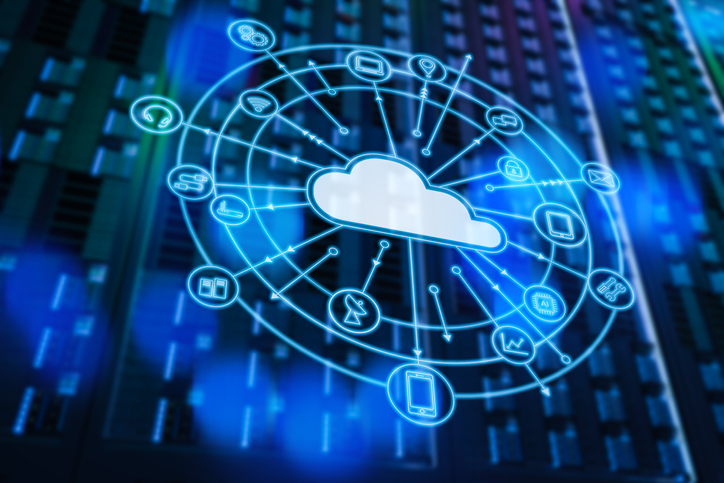Looking for IT Support In Wichita? Call Us Now! (316) 788-1372

Migrating to the cloud can be an excellent way for Wichita businesses to optimize their operations, improve efficiency, and cut costs. But what’s the best way to go about migrating your company’s data and applications to the cloud? This blog post will discuss the various cloud migration strategies that Wichita businesses can use to get the most out of their cloud services. Read on!

Cloud migration is the process of moving a resource or capability from a fixed location to a hosting center or cloud service. In other words, migrating data and applications means moving your company’s data and application infrastructure/software from on-premise servers to the cloud.
Generally, different strategies work best for various companies in Wichita. It all depends on your company’s needs. Below are the common migration strategies:
Refactoring
Refactoring is the process of modifying an application without changing its external behavior. You will retain existing applications, databases, and servers during this process while moving them to the cloud. Upon opting for this model, Wichita companies should note that it may require more resources due to the complexity that implementing refactoring involves.
On the other hand, the model fosters maximum usage of cloud-native benefits, including containerization of the application environment and disaster management. This makes it a cost-efficient model in the long run.
Rehosting
Re-hosting is a simple strategy that involves moving applications from on-premise servers to the cloud by simply changing the network parameters. While using this model, Wichita companies shouldn’t expect significant changes in the structure of their applications. The model involves a low resistance process of picking applications as images exported through migration tools such as cloudlift and uploading them as images to the target cloud.
Re-hosting may also be used as the initial point for large-scale optimization projects, especially when companies are looking to relocate their data centers within a short period. Once the workloads are in the cloud, further optimizations of the codebase will be easier to accomplish.
Repurchasing
Repurchasing, also known as the drop-and-shop model, is a strategy that can allow Wichita companies to change their existing proprietary applications to new cloud-based services or platforms. This means that companies are usually required to drop their current license or, upon expiry, proceed to subscribe to a new service or platform. For instance, companies may choose to move their legacy CRM system to a new SaaS CRM, which in the long run will effectively meet the company’s needs.
This model is best suited for companies that require quick and efficient migration to the cloud, typically in a short period. This makes it an attractive option for those who want to seize market opportunities quickly and get ahead of the competition.
Replatforming
Re-platforming occurs when companies replace their existing technology stack with a new cloud-based platform. This model typically involves evaluating the current technology stack, purchasing appropriate licenses for the new platform, and transferring all data to the new infrastructure.
This migration strategy requires some level of technical know-how and sufficient resources to back up vital prototypes and data. It is also more time-consuming than other models because it requires multiple changes at different technology stack layers.
However, companies stand to gain a lot from this model since it provides them with an opportunity for continuous innovation on their cloud platform, improved scalability capabilities, and engagement in business transformation.
Retaining
This strategy allows companies to stick with their current applications and platforms on their legacy infrastructure.
Unlike other models, retaining requires companies to make minimal changes within their infrastructure since it involves migrating existing resources such as virtual machines (VMs) and storage space.
The reasons that make companies want to maintain their stand-alone databases and workloads include:
Retiring
Using this model, companies migrate all their existing legacy systems and retire them. This is because they no longer want to maintain these applications after migrating to the cloud.
To transition from a legacy system to cloud-based resources, companies must conduct a thorough analysis that will help them understand which apps are worth migrating and which ones are not.
Cloud migration is a complex process. One of the ways to ensure that the process goes smoothly is by enlisting the help of IT experts who have massive experience in handling such work. This is exactly the kind of help we offer at Onesource Technology. Our cloud migration experts will be able to guide you through the entire process and provide insights on how best to move your organization to the cloud. Get in touch with us today for quick analysis and a free non-obligatory quote.
Thanks to the team at Orbis Solutions in Las Vegas for their help with this research. Visit their website here.